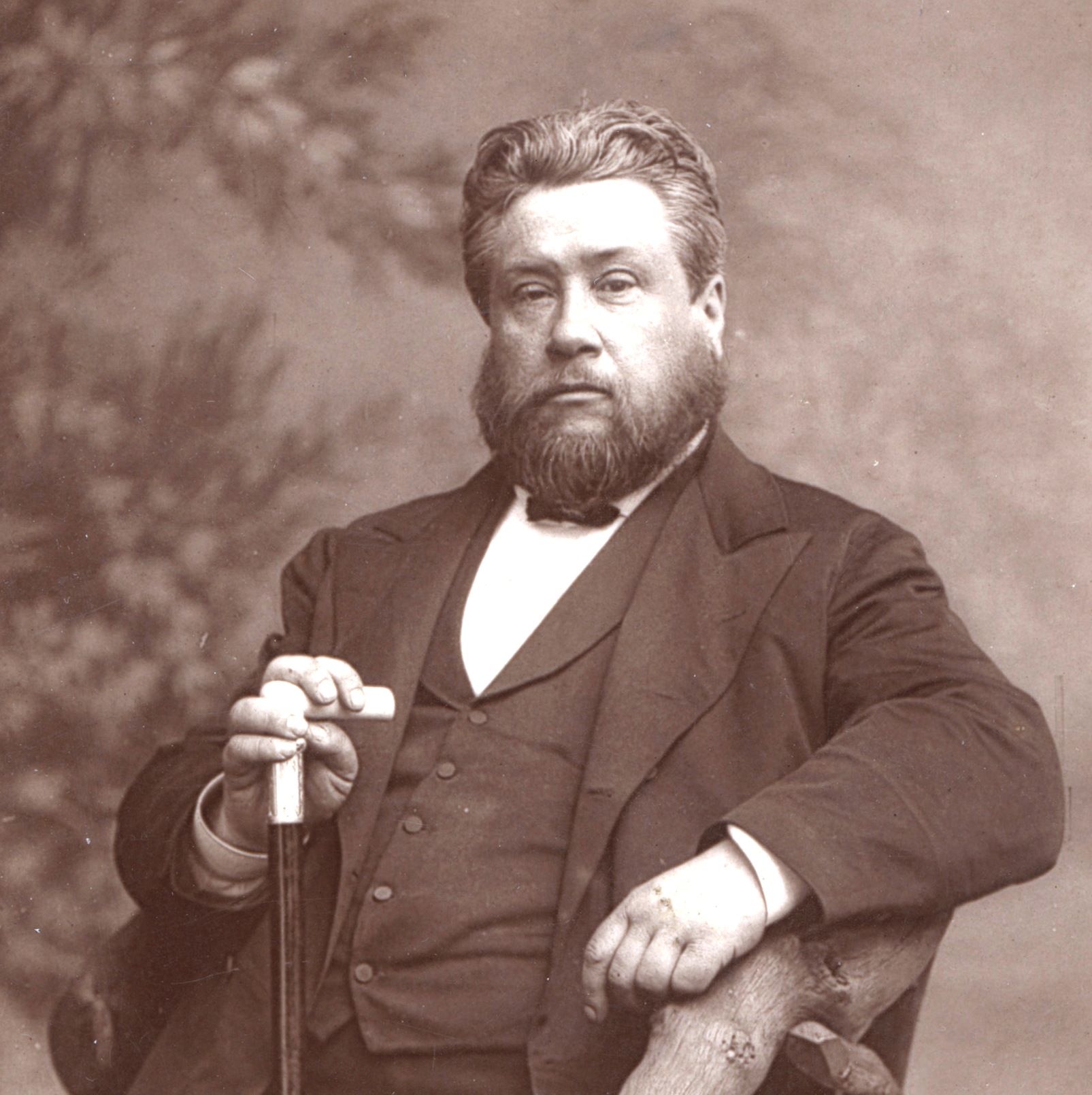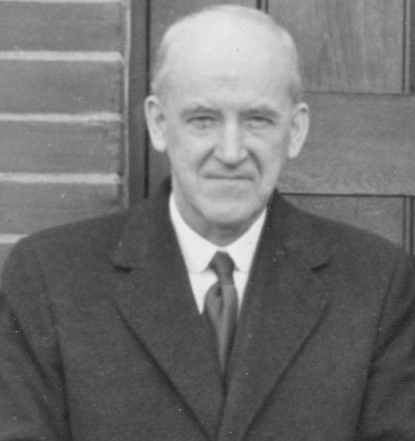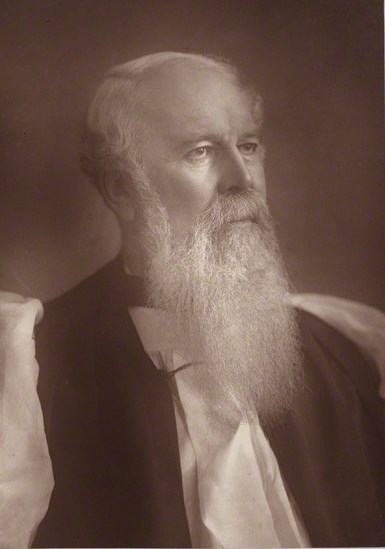DYER, WILLIAM (c. 1632-1696). Nonconformist English minister. Little of Dyer's early life is known. He began his preaching career in Chesham, then accepted then accepted a call to minister at Cholesbury in Buckinghamshire. By 1662, he had vacated his pulpit, most likely in response to the Act of Uniformity. Dyer preached at St. Anne's, Aldersgate Street, London, in 1665, and the sermons, in which Dyer claimed the plague was God's punishment on London, were published under the title Christ's voice to London (1666). In later life, Dyer is thought to have been sympathetic to Quakers and may have converted to Quakerism. He is buried in a Quaker cemetery in Southwark. Dyer's writing has been compared stylistically to John Bunyan's and John Saltmarsh's.
This biographical piece from The A-Z of the Puritans is based on the following older piece
This biographical piece from The A-Z of the Puritans is based on the following older piece
WILLIAM DYER, an eminent English Nonconformist divine, was born in 1636. He was successively minister of Cholesbury and Chesham, Buckinghamshire. He was one of the two thousand ministers who were ejected from the Establishment in the year 1662 - a year which shall be ever memorable in the history of nonconformity. After his ejectment he removed to London, where he resided during the time of the plague, meanwhile preaching and assisting in the good work, which afterwards resulted in the nonconforming party being more favourably dealt with by the State than it had previously been. During this year he preached the celebrated sermons called Christ's Voice to London, and the Great Day of God's Wrath, two powerful discourses on the pestilence then prevailing. Later in life, from conscientious motives, he became a member of the Society of Friends, with the principles of which he afterwards identified himself. After living a life of usefulness, and passing through many vicissitudes, he died in 1696, aged sixty years.
The reputation of Dyer as an author rests chiefly upon Christ's Famous Titles handled in divers Sermonsa and first published in 1663. He afterwards published a sequel to this work, entitled, A Golden Chain for Believers to hang about their necks which has maintained a popularity almost equal to that of the Famous Titles. He also wrote A Cabinet of Jewels; or, a Glimpse of Sion's Glory. The style and composition of our author resemble those of John Bunyan, although they must be acknowledged to be inferior to those of the author of the Pilgrim's Progress, being deficient in the beautiful simplicity distinguishing that work; but in intensity and sincerity they are equally excellent.












